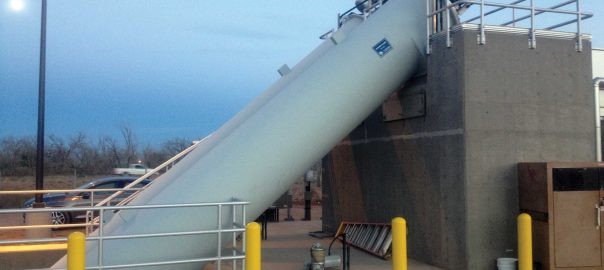
Is it time to upgrade your water treatment plant? The EPA estimates that wastewater treatment plants process close to 34 billion gallons of wastewater each day. That’s more than 12 trillion gallons each year. It’s stunning. Now consider how much it costs to treat that water. When you consider salaries, administration, and operating costs, it can be substantial.
Just to run a wastewater treatment plant, you have the cost of chemicals, the pumps and machinery, and maintenance of that machinery and piping. The more upgrades you make to modern, more energy-efficient technologies, the more you’ll save the people in your district. Some changes are easy to make and don’t cost much. Switch out old lighting fixtures for energy-efficient LED fixtures and bulbs. That will save some money. When it comes to your plant’s equipment, these are the three upgrades you must consider.
New Pumps Reduce Maintenance Costs, Improve Efficiency and Slash Electricity Bills
When was the last time you replaced the pumps and motors in your plant? Older motors and pumps breakdown regularly and are often inefficient. You lose time and money when a pump stops working and has to be repaired. You also end up paying maintenance workers more as they’re spending extra time fixing old, worn-out components.
Screw pumps move a lot of wastewater without a lot of moving parts that wear out and need repair. Lakeside Equipment’s screw pumps offer 70% efficiency, which lowers your power consumption. Plus the capacity is variable and doesn’t need special controls to operate. That cuts the cost when it comes to replacing equipment. If you choose a Type C Pump, it is up to 10% more efficient than an Open Screw Pump.
Anaerobic Digesters That Produce Methane to Help Heat and Power Your Plant
Have you considered heating your water treatment plant as part of your treatment process? The installation of anaerobic digesters do this for you. The digesters produce methane. You can take the methane they produce and burn them in a Combined Heat and Power system that heats your plant and also provides some of the power you’re using to run the facility.
The Closed Loop Reactor (CLR) Process uses pumps to mix, aerate, and recirculate wastewater while Biological Nutrient Removal processes help remove phosphorus and nitrogen. Aeration systems can be costly to run, but with high-efficiency models and automated controls, you can drastically reduce your energy consumption. Plus, you’ll add anaerobic tanks and capture the methane. With the CLR, you’re already minimizing costs because it doesn’t need a lot of babysitting by your employees. It’s also one of the best designs if you want to reduce your plant’s energy usage.
Reduce Power Bills With Fully-Integrated Controls
If you’re looking to boost your plant’s efficiency, you likely have a SCADA system in place. SCADA (Supervisory Control and Data Acquisition) allows you to constantly monitor water quality, view your plant’s security, and allow for emergency shutdowns if alarms go off. Pair SCADA with fully-integrated process controls. You’ll be able to study all areas of the wastewater treatment plant and see what equipment is stopped, where the nitrogen levels are, and what percentages aeration is at. From one computer, you can adjust things as needed to boost efficiency, which reduces energy costs and increases your plant’s performance.
Changes Do Cost Money, But Savings Make Up For It
One thing that keeps wastewater treatment plant owners from making upgrades is the initial cost of the equipment and its installation. There is going to be an upfront cost that can seem high. However, you need to look at the savings. For many of these upgrades, the money you save being energy-efficient ends up paying for equipment over a year or two. The upgrades pay for themselves. Energy-efficiency loans and grants may help you pay for the upgrades. For a wastewater treatment plant in Idaho, savings after making energy-efficient equipment upgrades came to around $635,000 per year. The company got a low-interest loan to make the upgrades that included LED lighting fixtures, anaerobic digesters, new diffusers, blowers, and a dissolved oxygen control system.
Lakeside Equipment has close to a century of experience in wastewater treatment equipment. We pride ourselves in improving the quality of water throughout the world while keeping to a customer’s budget. We offer the highest quality water treatment equipment in the industry and exceptional customer service when it comes to upgrades and replacement parts. Give us a call. We’re happy to discuss these and other energy-efficient upgrades that will save your wastewater treatment plant money.





